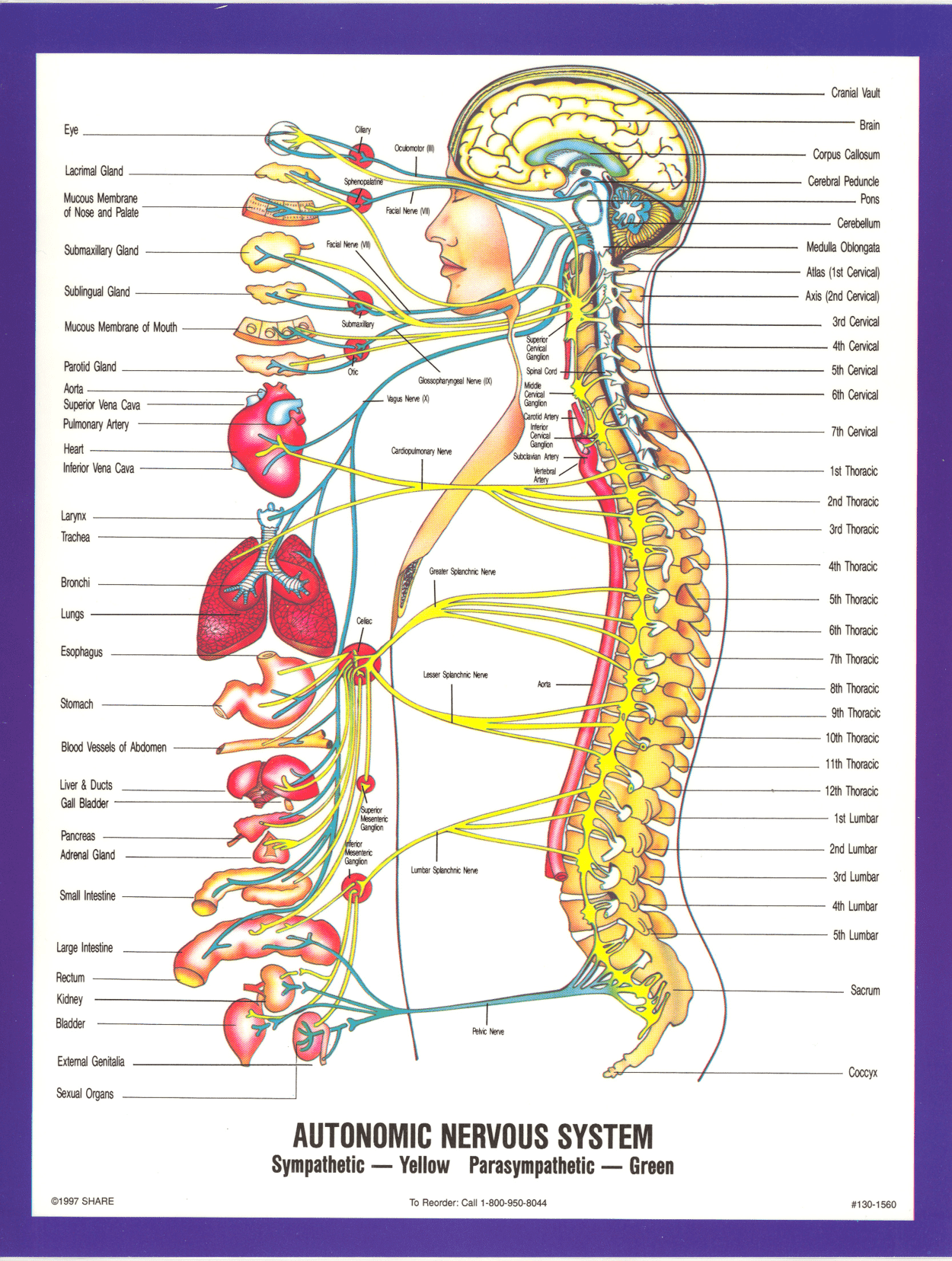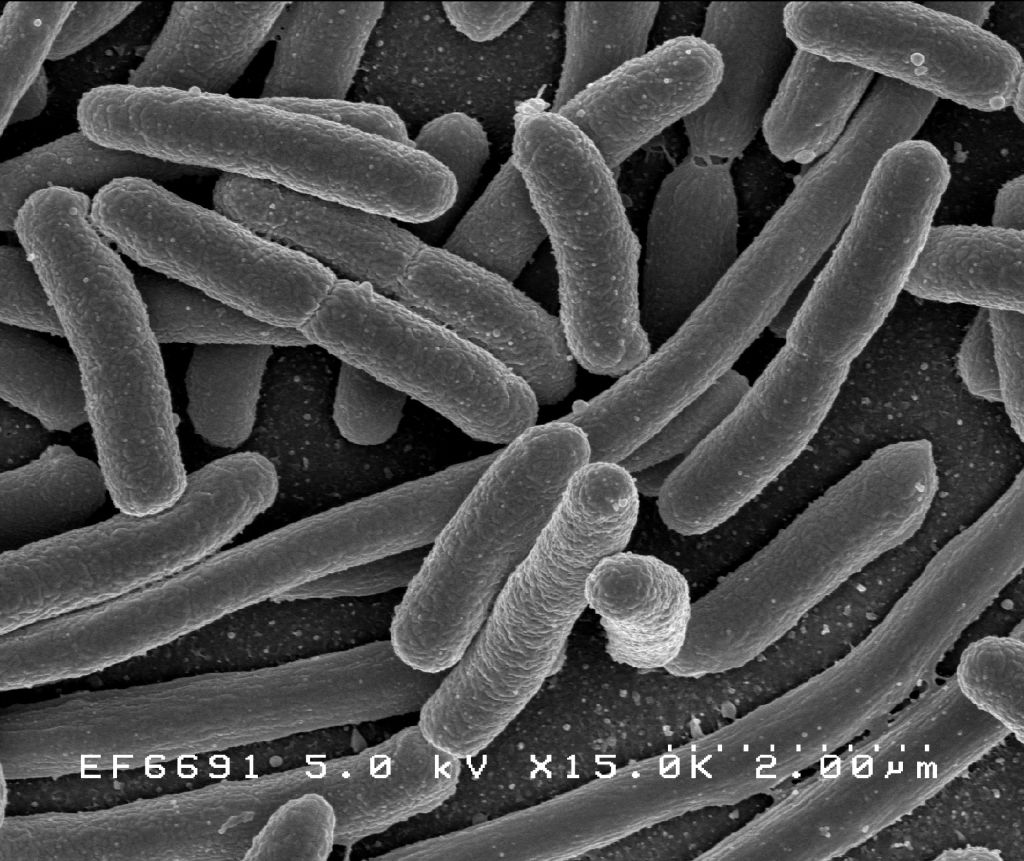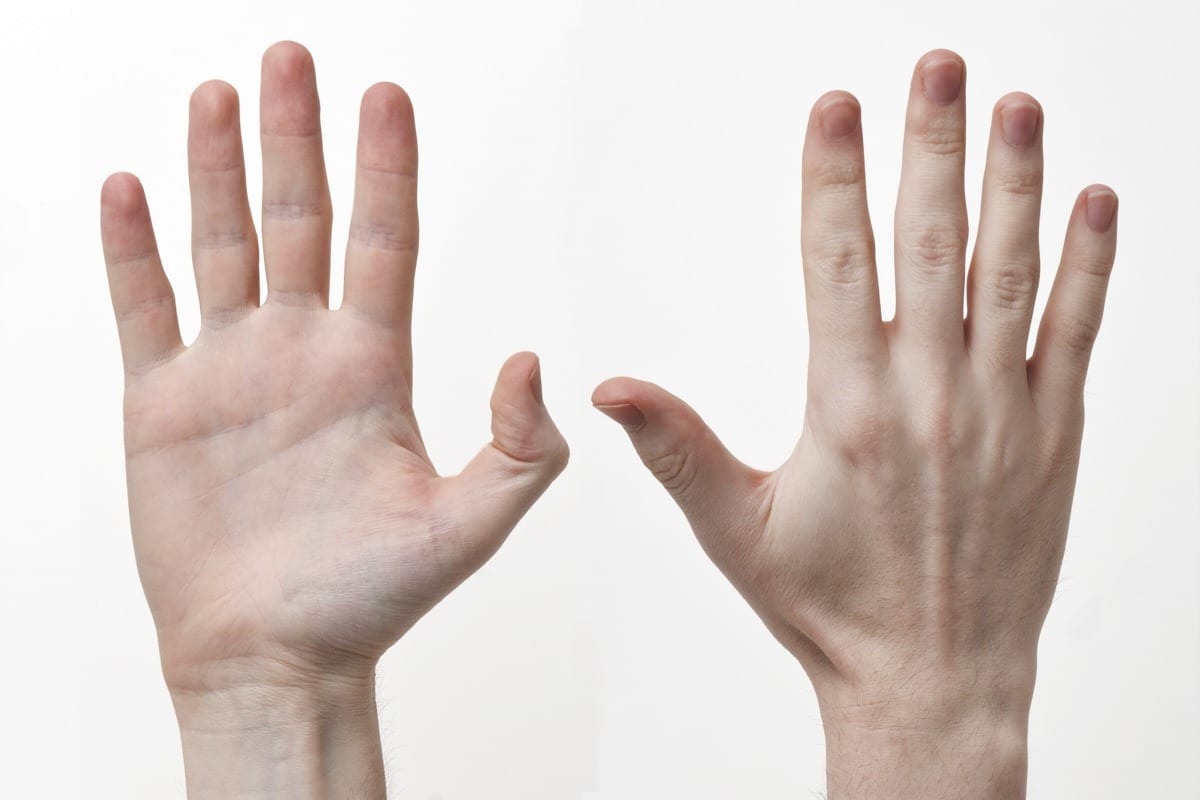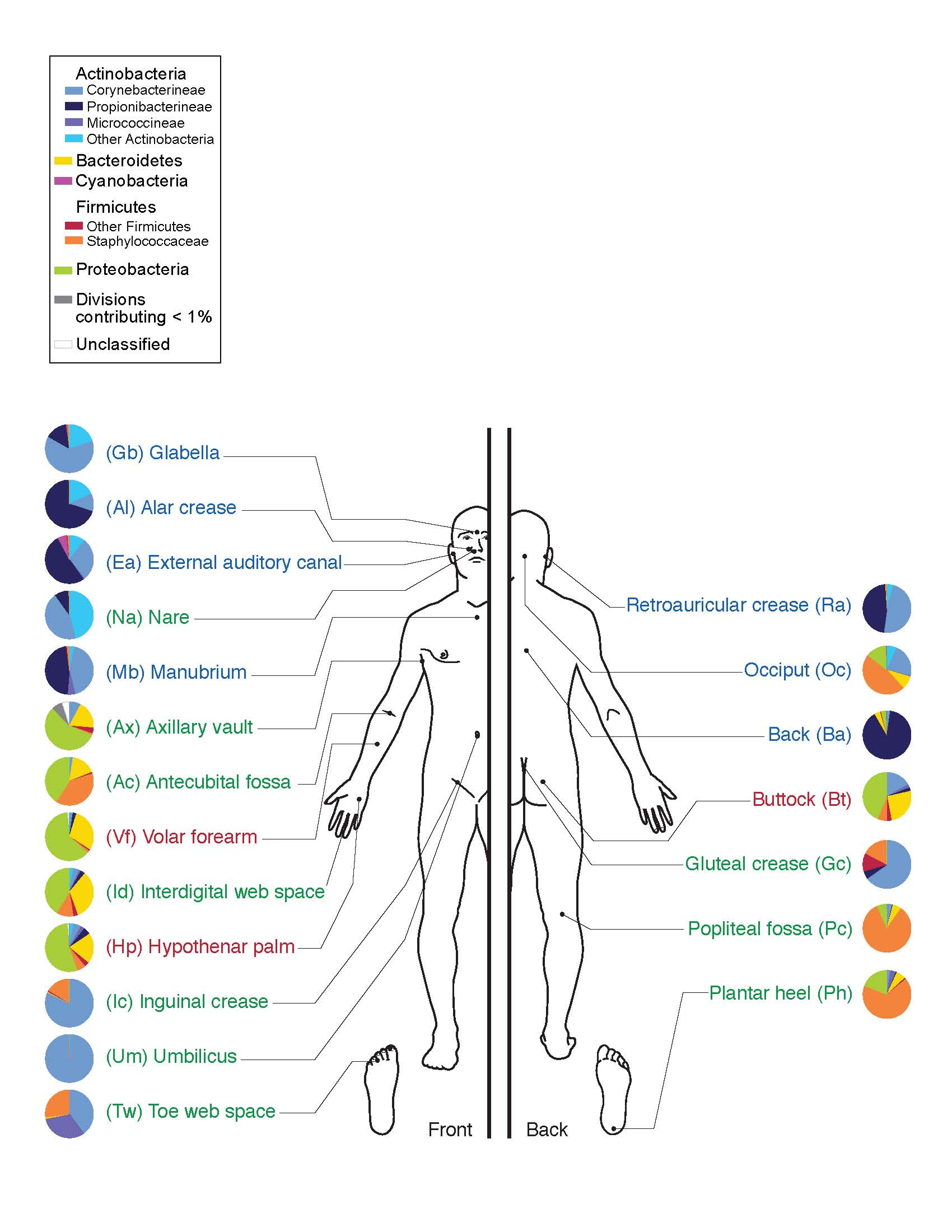Yoga’s Primary Benefits: Control of the Autonomic Nervous System
Yoga’s Primary Benefits Honestly, yoga’s primary benefits are still unknown. Our science isn’t good enough yet. Not really. Science is just starting to catch up to the power of some of the world’s most ancient healing traditions and are learning their meaning in a whole new light. Yoga’s primary benefit is certainly related to the … Read more






![By Photo Credit: Janice Carr Content Providers(s): CDC/ Segrid McAllister [Public domain], via Wikimedia Commons](https://elliottelford.com/wp-content/uploads/2015/05/epidermis_microbiota.png)


